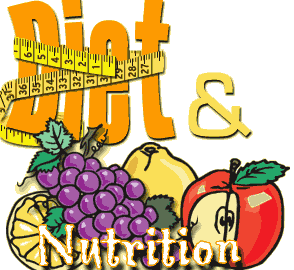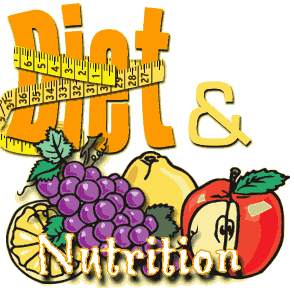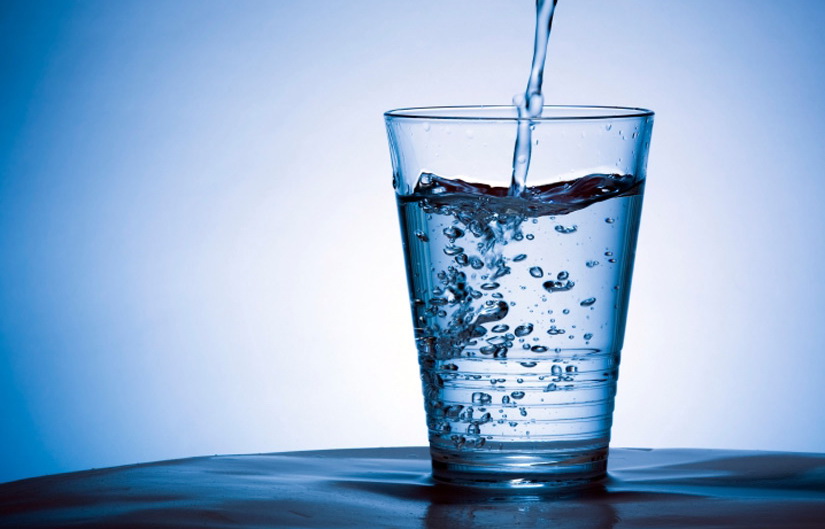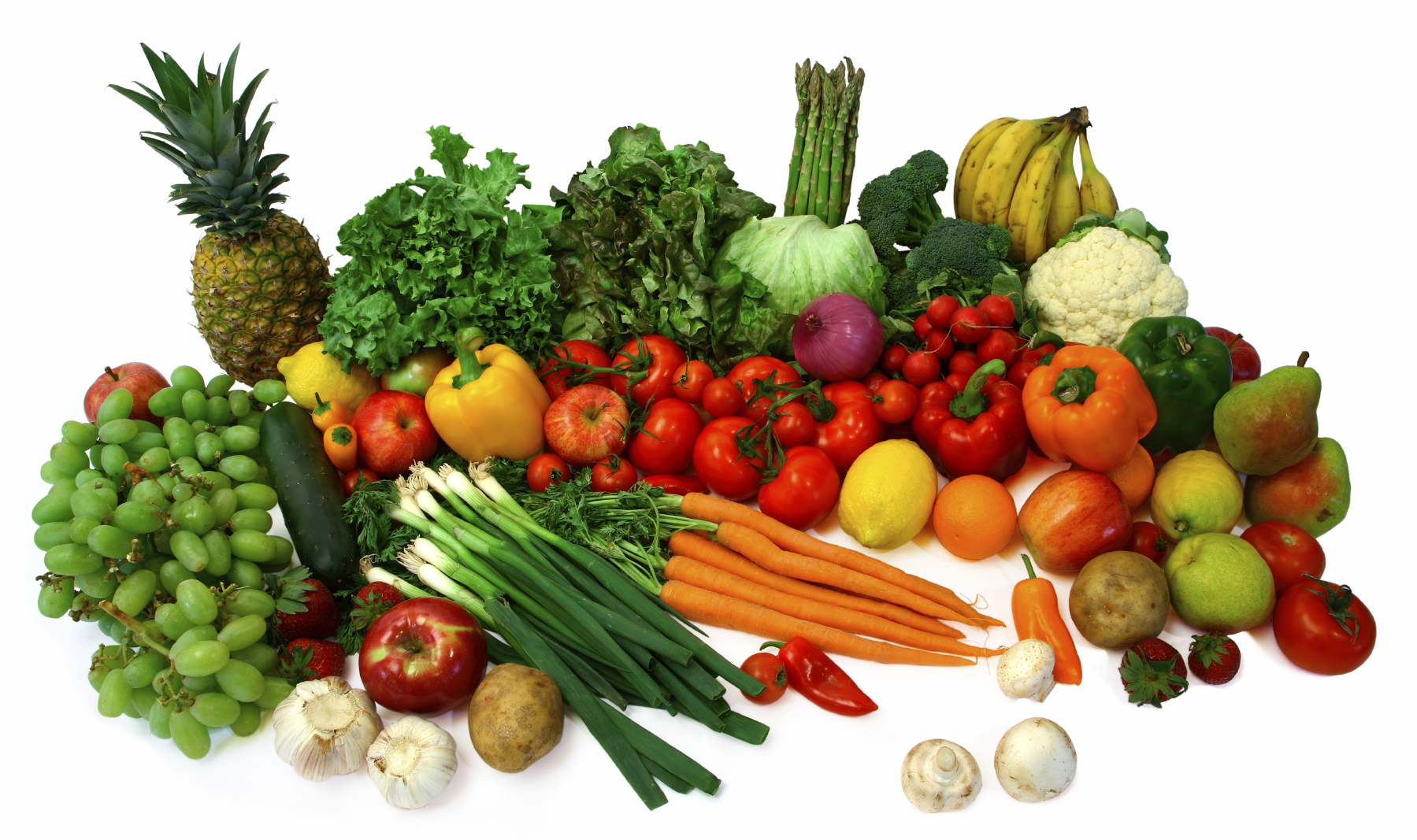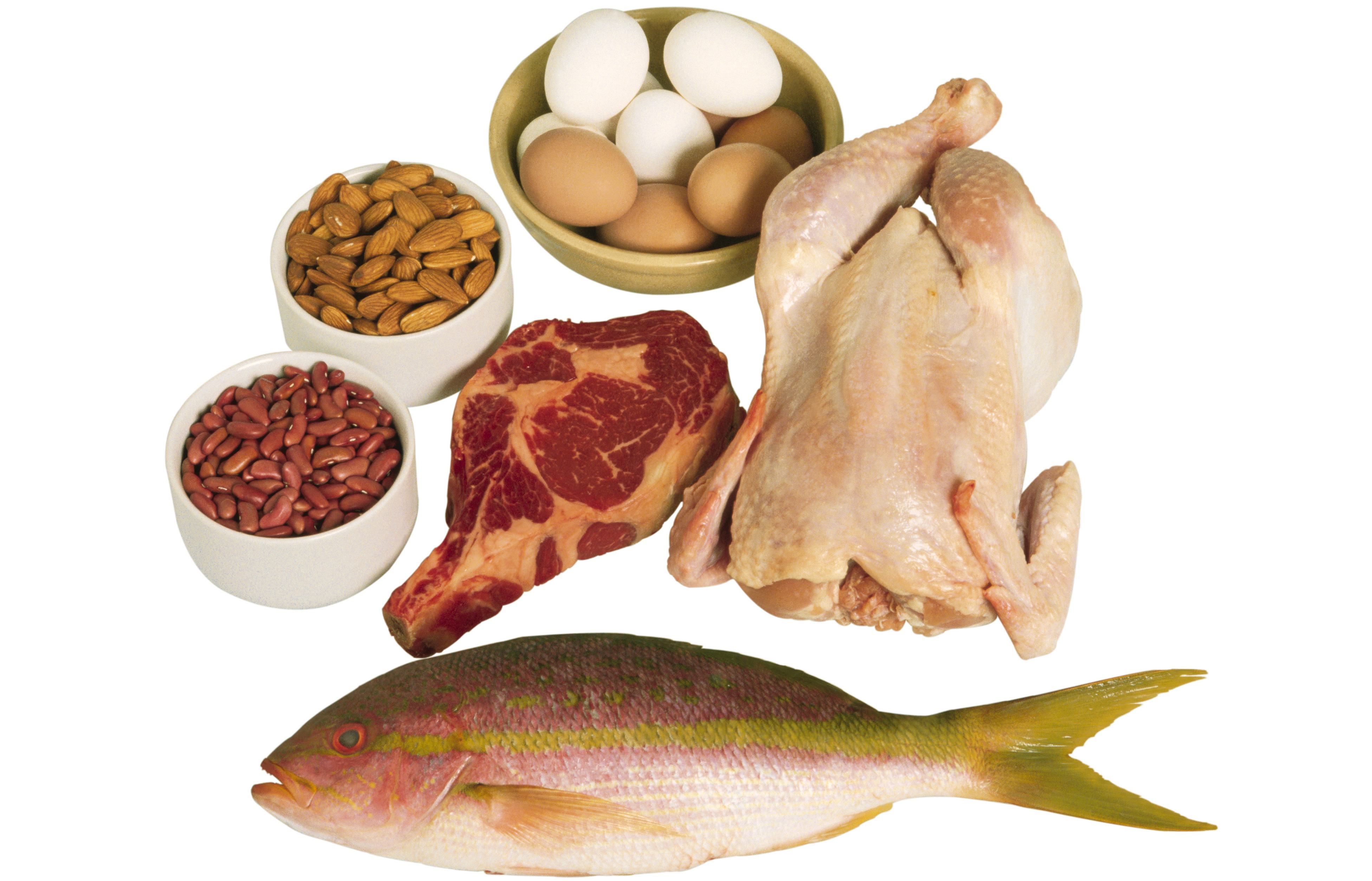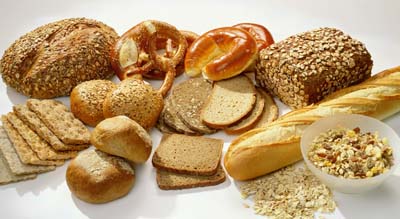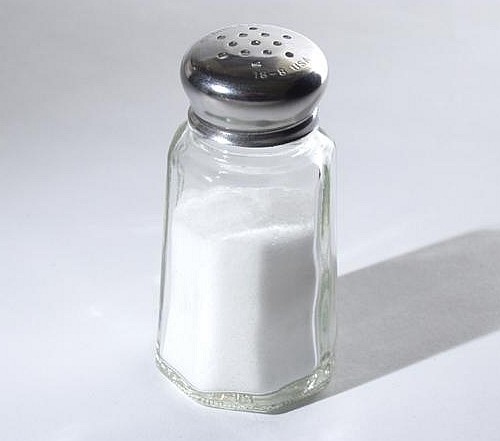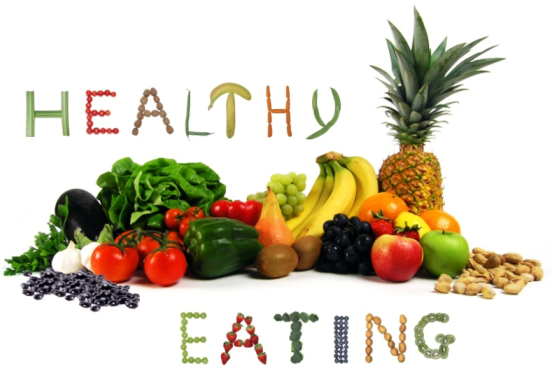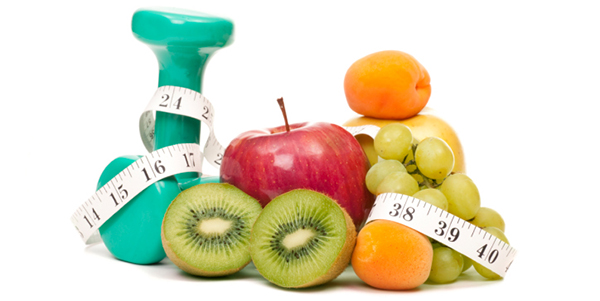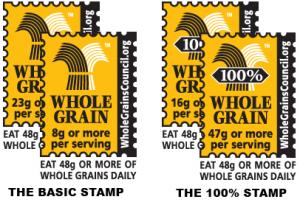Fluids
- Drink water as your primary beverage.
- Enjoy coffee or tea without excessive sugar or other additives.
- Avoid sugary beverages. These are a dangerous source of “empty calories,” meaning they lead to weight gain with little or no nutritional value. This increases your risk of high blood pressure and diabetes.
- Drink alcohol in moderation if at all. It is true that alcohol has some health benefits, but moderation is key before you introduce the negative health consequences of overconsumption.
- Limit daily intake of dairy products to 1-2 servings/day.
- Ease up on juices, as they’re very high in sugar content.
Plants
- When in doubt, you won’t go wrong eating plants; a plant-based diet is your healthiest option.
- Make half your plate vegetables and fruits.
- Learn to cook with healthy plant oils, like olive and canola oil.
Protein
- Pick most or all of your protein from healthy choices such as fish, chicken, beans, nuts and seeds, and tofu. Eating these choices in place of red meat and processed meat can lower the risk of heart disease and diabetes.
- Avoid burgers and hot dogs.
- Limit red meat—beef, pork, or lamb—to twice a week or less (if you must at all).
- Replace your red meat intake with seafood.
- Avoid processed meats such as bacon, cold cuts and hot dogs. They significantly raise the risk of heart disease, diabetes and colon cancer.
Grains
- Grains are not essential for good health.
- Any grains you eat should be whole grain. They are not as prone to increasing your risks for diabetes, and they better assist your weight loss efforts.
- Whole grains include products such as brown rice, whole wheat bread and whole grain pasta. Whole grains lower the risk of heart disease and diabetes.
Salt
- We get more than enough salt in our diets without adding salt. Lose the salt shaker!
- Your dietary intake of salt should equal about one teaspoon of table salt a day, which you’ll obtain without thinking about it or ever adding additional salt.
- Think you’re a good cook? Prove it. Lose the salt, both when cooking and on the table. Use spices, herbs and oils instead.
- Rethink all those condiments. Soy sauce, ketchup, pickles, olives, salad dressing and seasoning packets are typically very high in sodium. Seek out low-fat, low sodium alternatives, or sprinkle enough of the condiments to produce the taste you want instead of using the entire packet.
Calories
- We’ve discussed calories and calorie counts at length. Refer to this edition of Straight, No Chaser for a review.
Junk food
- In a word, no. See the above discussion on “empty calories”. Junk food (and you should include sugary drinks in this category) contains lots of calories and next to no nutritional value. Furthermore, it doesn’t make you feel full, so you tend to overeat, leading to more calories and more health risks.
- Save desserts for special occasions, and eat just enough to enjoy the occasion. Sometimes just a taste will ease that sweet tooth.
- Substitute healthy snacks when you have junk food cravings. Fruits, a handful of nuts or whole grain crackers can do the trick if you give them a chance.
- Substitute a serving of your favorite fruit for those routine desserts.
Please remember that diet isn’t enough. You must stay active, as discussed here and here. A healthy diet with regular physical activity keeps your weight in check.
Feel free to ask your SMA expert consultant any questions you may have on this topic.
Order your copy of Dr. Sterling’s new book Behind The Curtain: A Peek at Life from within the ER at jeffreysterlingbooks.com, iTunes, Amazon, Barnes and Nobles and wherever books are sold.
Thanks for liking and following Straight, No Chaser! This public service provides a sample of what http://www.SterlingMedicalAdvice.com (SMA) and 844-SMA-TALK offers. Please share our page with your friends on WordPress, like us on Facebook @ SterlingMedicalAdvice.com and follow us on Twitter at @asksterlingmd.
Copyright © 2017 · Sterling Initiatives, LLC · Powered by WordPress

